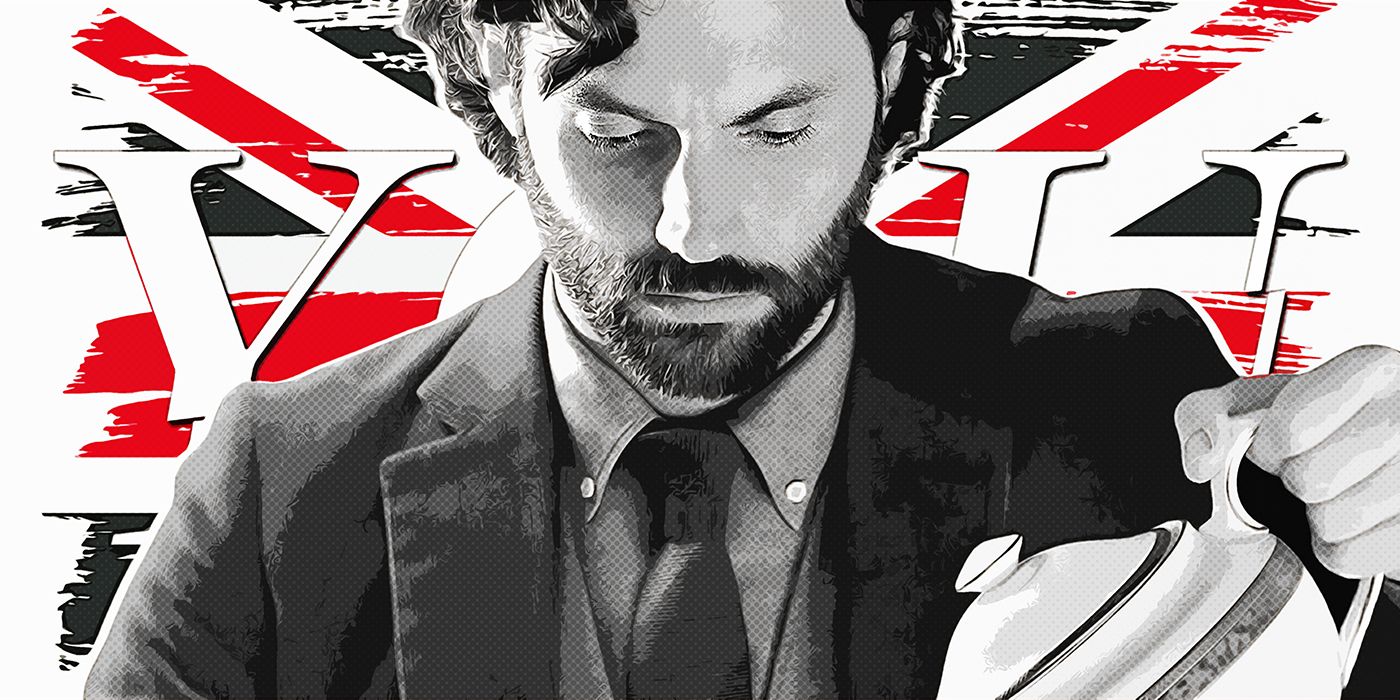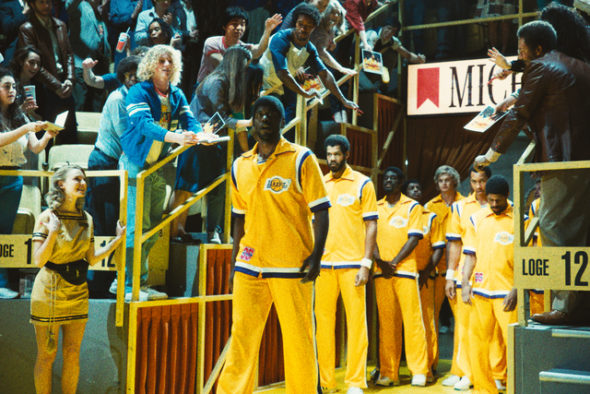Business aviation is running out of pilots and mechanics. CEOs aren’t stuck on tarmacs while their flight-operations people scour the countryside for a willing and capable pilot just yet, but the shortage of qualified people to fly and fix America’s growing fleet of private jets is increasingly acute.
The post-Covid boom in business travel has left corporate jet owners, charter operators and logistics providers with more pressing labor shortages now than the dire straits they faced even three years ago, when the lack of pilots was already problematic.
While efforts to recruit and train are underway, filling the pilot pipeline will take time, says Rob Polston, CEO of Spartan College of Aeronautics and Technology in Tulsa, which trains aviation mechanics and electricians as well as pilots. “It takes three years to create a pilot and another three before that first officer gets enough experience to even consider moving to the captain’s chair.”
It’s possible the situation will grow worse over the long term. Boeing predicts that aviation generally will need about 600,000 new pilots and about the same number of technicians by 2036 to meet returning demand for air travel post-Covid. Oliver Wyman consultants warn of a global gap of 34,000 pilots by 2025.
Systemic crimps in the supply include a reduction in the number of pilots trained by the U.S. military and aviation’s inability to raise the proportion of female pilots above the current single-digit percentages worldwide.
In the meantime, the business-aviation industry is resorting to raising compensation levels, flipping the script on accommodating pilots’ personal schedules and aggressively recruiting pilots and technicians. Some corporate flight departments are even reducing the requirements for manning aircraft.
“Before, they would not only want the pilot to be [certified to fly a particular aircraft] but also have a boatload of experience,” says Wally DeVasier, director of BroomStick Aviation, an aviation-services company in Fairfield, Iowa. “But now they’re saying that if a pilot has the type rating and is insurable—and usually that means only 100 or even 50 hours in a particular airplane—they’re taking them on.” And previous requirements for first officers in two-pilot planes are being diluted.
Concern about how the shortage will impact Oklahoma’s second-largest industry led the state to introduce aviation programs in high schools.
Fifty-seven high schools in the state now offer aviation-related curricula developed by the Aircraft Owners and Pilots Association. Oklahoma aims to add “a lot more in the next several years,” says Brent Kisling, executive director of Oklahoma’s department of commerce.

“The pilot instruction, in partnership with industry, counts toward kids’ STEM requirements for high school graduation, and the local school has to provide the instruction,” he says.
The private aviation industry is also pursuing a number of approaches to address the immediate challenge:

• Recruiting creatively. There are still sources of pilot and technician availability that haven’t been thoroughly explored. At Flexjet, COO Megan Wolf has found an “amazing underground recruiting environment and network and support” in the U.S. military community.
“We’ve had to adapt,” she explains, noting that the Cleveland-based fractional jet ownership operator sought to hire 350 pilots to fly the additional 50 jets the company was planning to enter into service by the end of 2022. “The way we hired in the past was to go to trade shows and collect resumes. But now we’ve needed to get back out into the market. We’ve started to find a lot of associations.”
• Training them up. Would-be pilots populating programs at historically strong training grounds including Purdue University, the University of Western Michigan and the University of North Dakota “mostly have dreams of working for mainline legacy [airlines] or doing international work with cargo,” says Polston. “We’re not seeing many who want to work corporate.”
Polston and others believe that corporate aviation has done a poor job generally of creating awareness of its career paths. “Most high school students aren’t really even aware,” he says. The industry also needs to diversify its talent base. “We need more women and minority candidates to increase the pool,” Polston says.
• Selling the job. Potential pilots must be convinced to embrace job realities like unpredictable schedules often beholden to the whims of an individual owner, traditionally lower compensation than at airlines and the demands of a multidimensional role.
“Pilots, especially, are most concerned with the long-term benefits of their job,” says Sheryl Barden, president and CEO of Aviation Personnel International. “We can’t point and say, ‘This is where you’ll be at the end of your career’ in business aviation quite the way airlines can.”
But the varied aspects of working on corporate aircraft appeal to many technicians. “We work on all facets of the aircraft—airframe, avionics, engines, interfacing with the technology and highly complex systems—rather than on a single system as you often see at the airlines,” says Greg Hamelink, head of the business travel center for Whirlpool, according to the National Business Aviation Association, for which he is the past chair of the maintenance committee. “There’s an intrigue there that helps attract and keep people.”
“The job of a corporate pilot is personality driven as much as it is technical,” says Rick Wilson, assistant chief pilot and lead job-candidate interviewer with Clay Lacy Aviation, an aircraft-management company based in Los Angeles. “We need pilots who have multiple skill sets, not just great piloting ability.”
Airline employment also lost some luster during the Covid travel hiatus. “Pilots don’t like to be furloughed,” DeVasier says. “You can offer them no paperwork, training maybe twice a year and being able to turn to the passenger and say, ‘The weather’s really crappy in Chicago; do you want to go in four hours instead?’ If you do that with an airline, they fire you.”
Adds Wolf: “Pilots now want more control over their schedules, not a fixed one. And where are they staying at night? Are there meal plans? They want to know that someone is looking out for them while they’re out on the road.”
























































![Key Metrics for Social Media Marketing [Infographic] Key Metrics for Social Media Marketing [Infographic]](https://www.socialmediatoday.com/imgproxy/nP1lliSbrTbUmhFV6RdAz9qJZFvsstq3IG6orLUMMls/g:ce/rs:fit:770:435/bG9jYWw6Ly8vZGl2ZWltYWdlL3NvY2lhbF9tZWRpYV9yb2lfaW5vZ3JhcGhpYzIucG5n.webp)


















